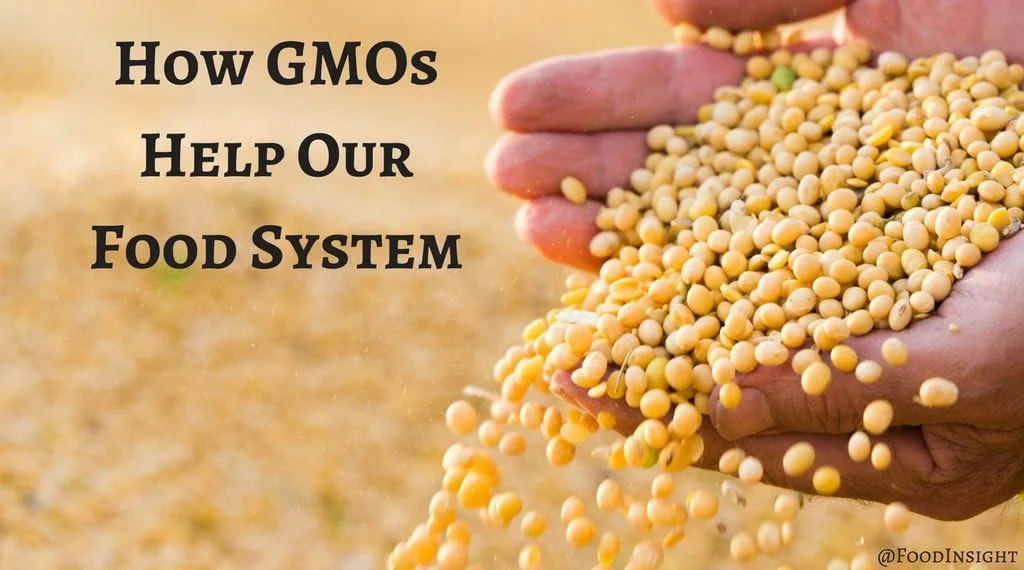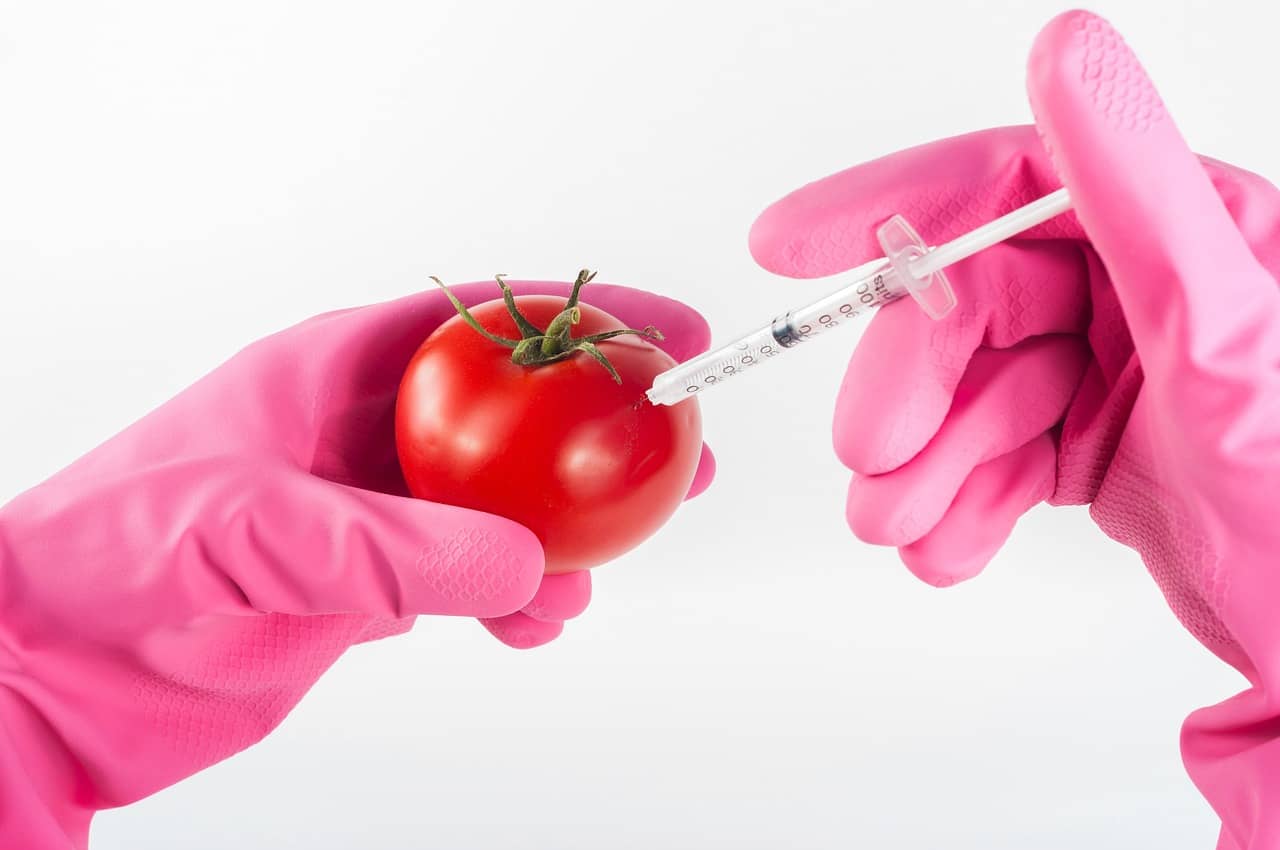Temps de lecture estimé (en minutes)


GMOs in food: am I informed? Since 1997, manufacturers have had the obligation to mention the presence of GMOs in food products. However, it was not possible, for example, to distinguish the meat of an animal fed with GMOs or fed without GMOs. The rules for labeling products containing GMOs were redefined by the decree of January 31, 2012. How is this indicated? What foods are affected?
How is it indicated?
Following the decree of January 31, 2012 , which will come into force on July 1, 2012, the product label must mention in the list of ingredients if the product contains genetically modified organisms (GMOs), or if it was made from of GMOs. To find out if a food contains GMOs or has been produced from GMOs, it is therefore necessary to refer to the product label. If the food is prepackaged, the information appears on the packaging material, permanently and visibly. If the food is not prepackaged, this information must be displayed on the shelf.
Foods that must indicate the presence of GMOs
They fall into four main categories:
– foods of plant origin intended for human consumption (such as corn or flour);
– foods of animal origin such as, for example, meat and eggs;
– food intended for consumption by pets;
– processed foods, ie foods which are not consumed directly but which accompany the foods we eat (such as the oils used for cooking food).
When is there no labeling requirement?
Indeed, labeling is not mandatory for all foods whose presence of GMOs is less than 0.9%, which is the detection threshold for GMOs. This therefore means that one can consume GMOs without knowing it since nothing obliges the seller to report their presence below this threshold.
How to consume without GMO?
To consume without GMOs, it is advisable to buy products from organic farming. You can also consume products marked with the mention “GMO-free”. The affixing of this statement guarantees that the presence of any trace of GMO is excluded, and that no GMO or GMO derivative has been used at any stage of manufacture. Otherwise, there are certain products labeled AOC (Appellation d’Origine Contrôlée), whose specifications exclude the use of GMOs. For foods of plant or animal origin, if 0.1% GMO is noted on the label, this is generally considered “GMO-free”.
NB
The labeling rules for products containing or not genetically modified organisms (GMOs) have been modified from July 1, 2012: the presence of GMOs in a food product must be reported to the consumer.
From now on, the regulations make labeling compulsory, whether the use of GMOs is voluntary or not, and reinforces information on the “GMO-free” sectors.
The tolerance thresholds for the presence of GMOs are different depending on the ingredients used in the manufacture of the product:
– for ingredients of plant origin (flour, starch, lecithin, etc.), the mention “without GMOs” can be used if they come from raw materials containing a maximum of 0.1% GMOs;
– for ingredients of animal origin (milk, meat, fish, eggs) the label must specify whether the animal has been “fed without GMOs (<0.1%)” or “fed without GMOs (<0.9 %)”, knowing that beyond these thresholds, the mention “without GMO” is not authorized;
– ingredients of beekeeping origin (honey, pollen) can be labeled “GMO-free within a radius of 3 km”.
These claims most often appear in the ingredient list, or when the star ingredient represents more than 95% of the food, on the front of the package.
It is up to France to defend its ban, at European level, when a danger is proven in view of the conclusions of the harmfulness of GMO corn in rats, during a shock study, carried out on September 19, 2012. Even if the science community does not hide its skepticism, it nevertheless calls for the greatest caution.
Thus, the moratorium on Monsanto’s GMO corn is maintained. The risks are all the greater since, if France does not cultivate GMOs, it imports them to feed its farms. 80% of French farm animals consume imported cereals containing GMOs.
From there to qualify GMOs as poisons, there is only one step!
